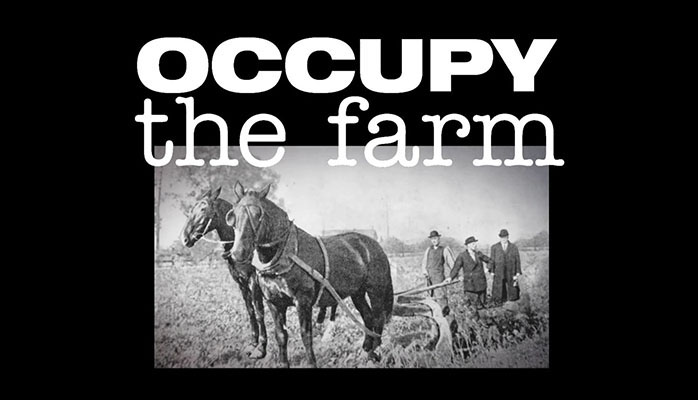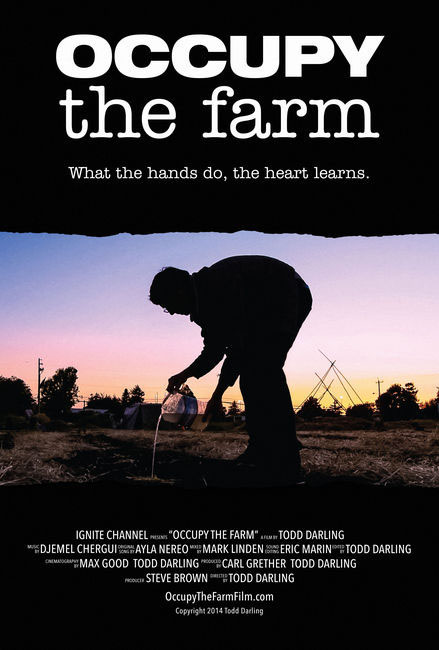
Motion Graphics
Maps and Informational Info Graphics
A highly successful feature film had a theatrical run and is now on pay per view.
I was responsible for animating the title sequence, animated maps, and diagrams for this complex and detailed feature documentary. Occupy the Farm tells the story of 200 urban farmers who walk onto a publicly-owned research farm and plant two acres of crops in order to save the land from becoming a real-estate development.
Project Details
Client Todd Darling
Date May 2014
Skills Animation, After Effects
Trailer: http://occupythefarmfilm.com/
OCCUPY THE FARM tells the story of 200 urban farmers who walk onto a publicly-owned research farm and plant two acres of crops in order to save the land from becoming a real-estate development.
This direct action set up a vibrant tent village on land destined to become condos, while their crops blocked the development plans of a cash-starved public institution, the University of California, Berkeley.
Their confrontational, yet hopeful tactic raises important questions: What are the most effective ways to bring healthy food to hungry, urban neighborhoods? And, who should control research and education at the world’s most important public university: private interests or the public good?
“Riveting from the start… It illustrates the staggering extent to which corporate interests dictate policy and shape scientific research.” — Ernest Handy, Village Voice
“Sweeps up the viewer in a fast-paced, character-driven narrative”— Sarah Burke, East Bay Express
“Empowering food for thought” — Michael Rechtsaffen, Los Angeles Times
“From the moment I arrived on the Gill Tract I knew that this was an important story and that the farmer’s strategy was new, unique and hopeful. I am fortunate that these historic events played out in front of our cameras over the weeks and months that we followed them. It was like catching lightening in a bottle.”
~ Todd Darling, Director

OCCUPY THE FARM tells the story of 200 urban farmers who walk onto a publicly-owned research farm and plant two acres of crops in order to save the land from becoming a real-estate development.
This direct action set up a vibrant tent village on land destined to become condos, while their crops blocked the development plans of a cash-starved public institution, the University of California, Berkeley.
Their confrontational, yet hopeful tactic raises important questions: What are the most effective ways to bring healthy food to hungry, urban neighborhoods? And, who should control research and education at the world’s most important public university: private interests or the public good?
